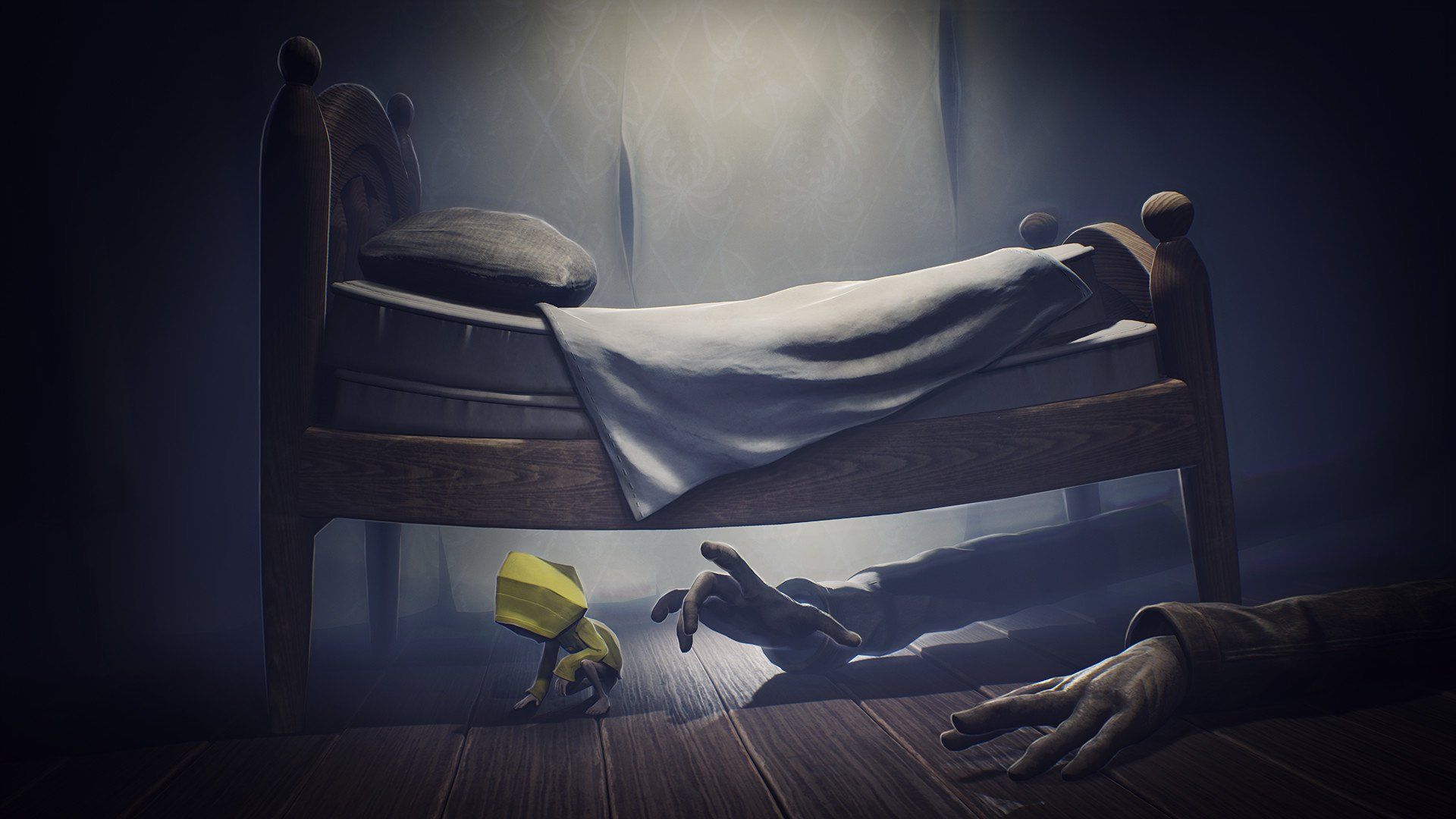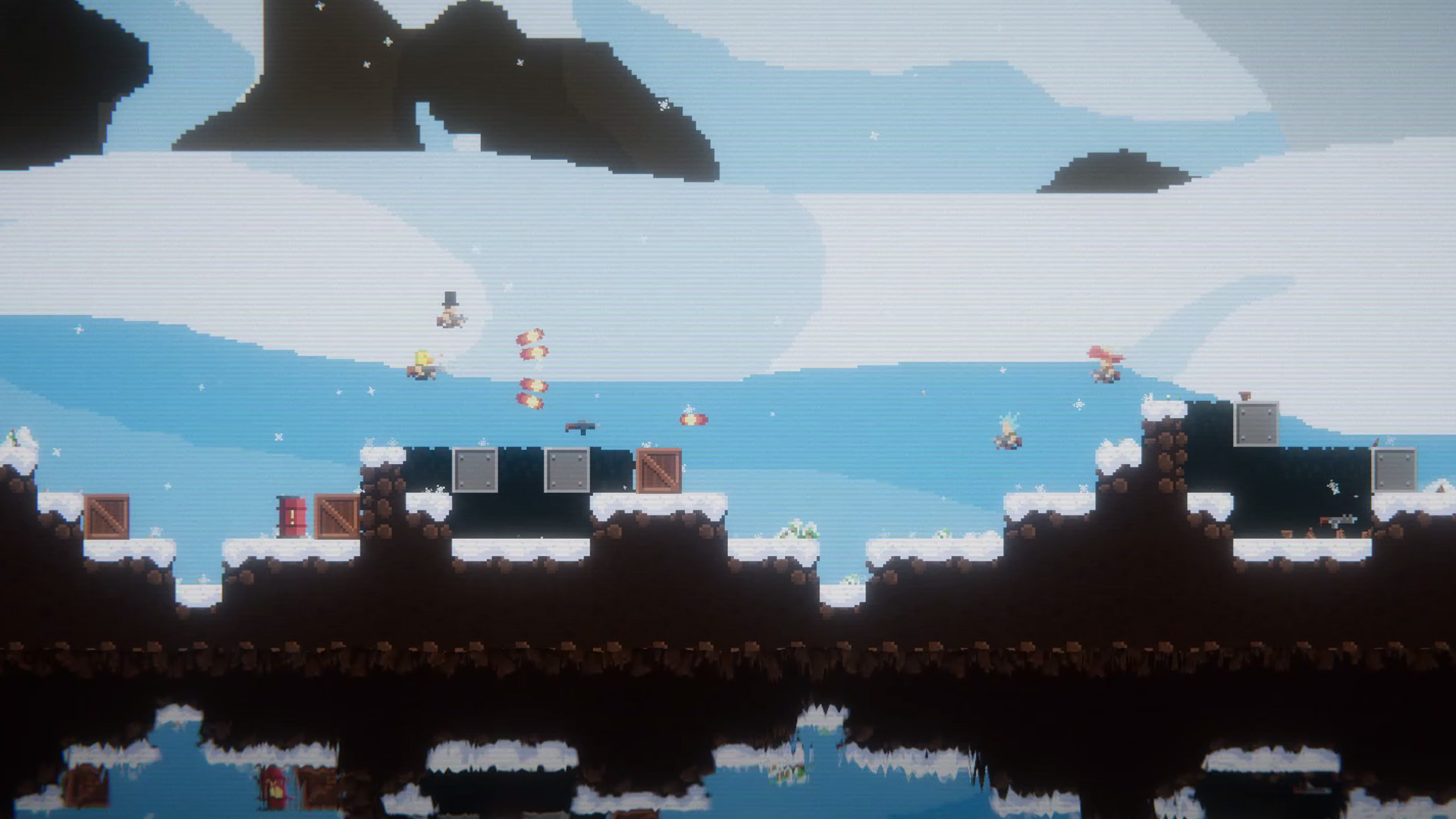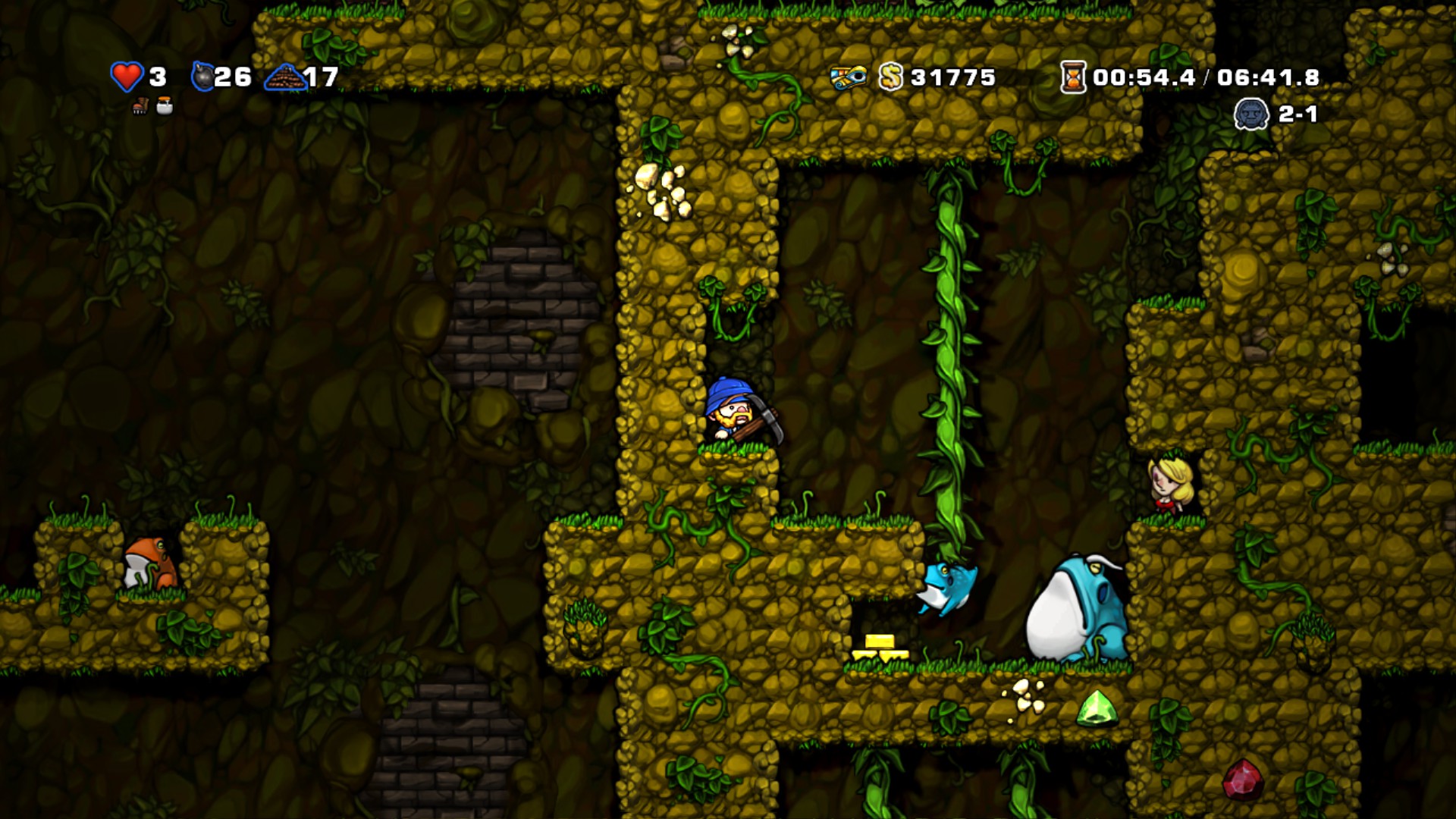Are There Really Too Many Indie Platformers?
Can indie developers keep creating new platformers even though data shows nobody is playing them?

Ah, the platformer. The groundbreaking genre that guided us through the 80s and 90s as the pinnacle of video game technology of the time. Those years were the cradle of iconic franchises like Mario, Prince Of Persia, Duke Nukem, Commander Keen, Mega Man, Sonic, Castlevania, and so many more. The humble platformer has shaped gaming from the very beginning – and even today, when ultra-realistic environments and VR technology are rising to create mesmerizing, immersive experiences, it’s the platformer that many indie studios continue to trust to bring their ideas to life.
Platformers have always been a part of the indie scene. Whether that’s down to its heavy influence on today’s devs, or the ease with which these devs can access the tools to create them, this iconic genre continues to offer original and innovative ways of engaging players. Games like Cuphead, Limbo, Inside, and Little Nightmares find new ways of telling a story, engaging players, and impressing critics with new and exciting concepts.
Full house
Every single day, new indie games are released under the tag “Platformer” on Steam. During one week in September while researching this feature, a total of 30 indie platformers released within a three-day period. This is not an isolated incident. It only takes a quick search on Steam to reveal the extent of the indie game industry’s dedication to the genre.

These numbers do of course fluctuate up and down, but there is a definite upward trend in the number of platformers released year-on-year. How many of those are new, memorable experiences, or imaginative artistic creations? How many of those tackle new thematic approaches, like the dystopian horror elements of Playdead’s Inside? Or the level design, exploration elements and unique storytelling mechanisms of Little Nightmares? How many studios can possibly release such challenging, graphically stunning and innovative experiences like Cuphead? Every day at The Indie Game Website we receive an onslaught of press releases promoting upcoming or newly released indie platformers, and without something to set a game apart, it’s easy to get lost among the noise.
SteamSpy is a site that works to compile the amount of time owners play every game in the Steam store. While its powers were diminished a little recently after Valve changed some Steam data privacy settings, it still paints an interesting picture of how people are engaging with different games. And where platformers are concerned, crunching the numbers reveals some pretty damning conclusions.

Indie platformers released in the last couple of months have an ownership index of 0 to 20,000 (the lowest tier), and on the first page, which displays the most recent 20 releases, only three of them have an average playtime of more than 0:00. That means that 17 of those 20 essentially haven’t been played at all.
Shifting perspectives: what do the devs say?
“There is a flood of generic platformers in the market, so trying to come up with something unique is important,” says James Stone, self-taught indie game developer and founder of NerdRage Studios. He released Jump Gunners, a competitive multiplayer platformer game on Xbox One and PC, back in August. “I often wonder if some of the platforming greats were released today, how would they be received, probably not too well, but that doesn’t stop them from being special, it’s just a sign of the times.”

His question is a pretty good one too. What if franchises like Mario and Sonic were to release their first ever games in 2018? Would they be regarded as “just another platformer?” At a glance, probably, yes. And many of these indie devs grew up playing these iconic titles, posing an unavoidable influence in their work. “Most devs grew up playing platformers since the genre was very popular throughout the NES, SNES, and N64 eras. Since the genre is deeply rooted in many of today’s devs, I feel that we strive to build our own ‘Mario Bros’ with the goal of bringing joy to new players the same way it brought joy to us,” adds Robert Perez, developer of Accelebot on iOS.
It’s impossible to ignore the advantages of developing a platformer for an indie studio. “While a huge number of devs are likely fans of RPG’s, first-person shooters and CCG’s, those kinds of games are just too large in scope to successfully create as a small team without taking on huge risks, so the platformer seems like the natural go-to genre for a small team to create something tangible within a smaller time frame,” explains Kenny Creanor, creator of oOo: Ascension on Steam and Xbox One.
Take it, it’s free
Every developer strives to bring something new, unique or innovative to the table when developing their platformer. They’re inspired by their childhood experiences and want to create something in that order. The numbers, however, suggest that this is perhaps an idealist notion and one that fails to yield results in the indie game marketing landscape. With game bundle websites like Indie Gala, Fanatical and Green Man Gaming offering batches of new small games for sometimes a single dollar, the games are sold but almost none of them are actually played.

This is what the platformer flood is all about. Dozens of indie platformers are being released to Steam on a daily basis before being packed and sold for less than a dollar a piece in bargain bundles. If the indiepocalypse fears of an oversaturated marketplace resembling that of the dreaded App Store are founded anywhere, it’s here. These quick-click purchases, the ‘why not?’ PayPal transactions, bear the responsibility for the shovelware model we all fear. Purchased in this way, the platformer flood creates a massive flow of new creations going under the radar because, as data clearly shows, almost none of them get any attention from their owners.
When a bundle showcases platformer after platformer, the lines that define each experience from the next are blurred. And with the high standards left by recent critically acclaimed masterpieces like Limbo, Inside and Cuphead, these daily platformers will have to do better if they want to really compete in a market where that indiepocalypse threat is becoming ever more predominant.
Hey, look at me!
“It’s not enough to make a good game anymore. You are not fighting for players’ wallets; you are competing for their time, a commodity which is way more valuable,” explains indie developer James Stone. “Gamers are looking to find a game to play which is worthy of their time, and with so much competition, that is becoming a huge problem for indie developers like me.” It seems, then, that the problems of the indie game flood lie not just in the question of discoverability, but also the far more threatening growing consumer disinterest. “Platformers, or more specifically, puzzle platformers are now one of the worst selling genres on Steam, so when you’re making a game you need to be really clear about why you are making it in the first place,” continues Stone. “Are you doing it for passion, or to make money? If it’s to make money, you may want to rethink what game you are making.”

It is possible that the indiepocalypse is coming to fruition when we look at the platformer genre. Data revealed by SteamSpy last year clearly displays the exponential increase of games released through Valve’s platform year by year. With Steam Direct allowing indie devs to use this platform to self-publish their games, it’s safe to say that this will only intensify further.
Add this to the null playtime many of these indie games receive and the picture becomes clear. There’s just no space in the market for all of them. It’s likely, then, that their developers won’t see enough return on investment to be able to keep creating games in most cases.
With indie platformers creating a still persistent flood in this oversaturated market, each vying for less and less attention time from players, it’s hard to be optimistic about indie devs being able to keep creating new games. The platformer flood is real, and in the midst of an ever more striking indiepocalypse, it only seems to be a matter of time before less and less indie devs can afford to pay a homage to their cherished childhood treasures.
